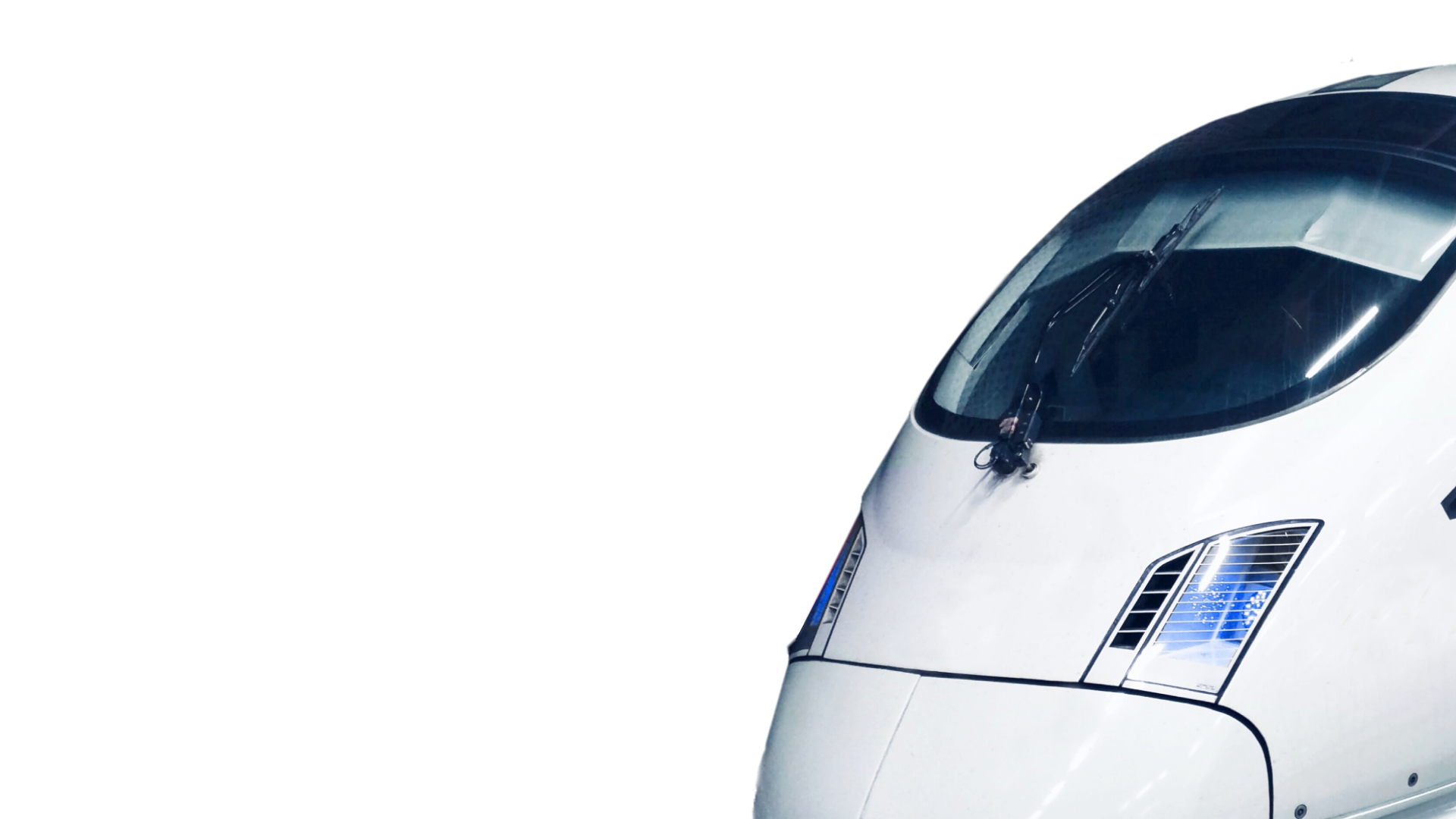Real experiences
Rarely has a structural change taken place with such force as that of the retail sector during the COVID-19-pandemic. The transparency of online shopping, the comfort of doing so enjoying the comfort of one's own sofa, the high variety and availability of goods as well as the familiarisation with online payment processes have transformed even convinced shop visitors into online shoppers. The goal of new store concepts that offer a real shopping experience is to attract these customers back to the store.
Store concepts of the future are characterised by a seamless customer experience that takes place both online and offline. Innovative approaches in the field of online marketing use synergies with the stationary shop. In-store experiences can be implemented on site and should reflect the values of the respective brand as well as concrete product benefits, for example. This strengthens brand image and customer loyalty.
Mike Zöller
Senior Partner & Member of the Board









































